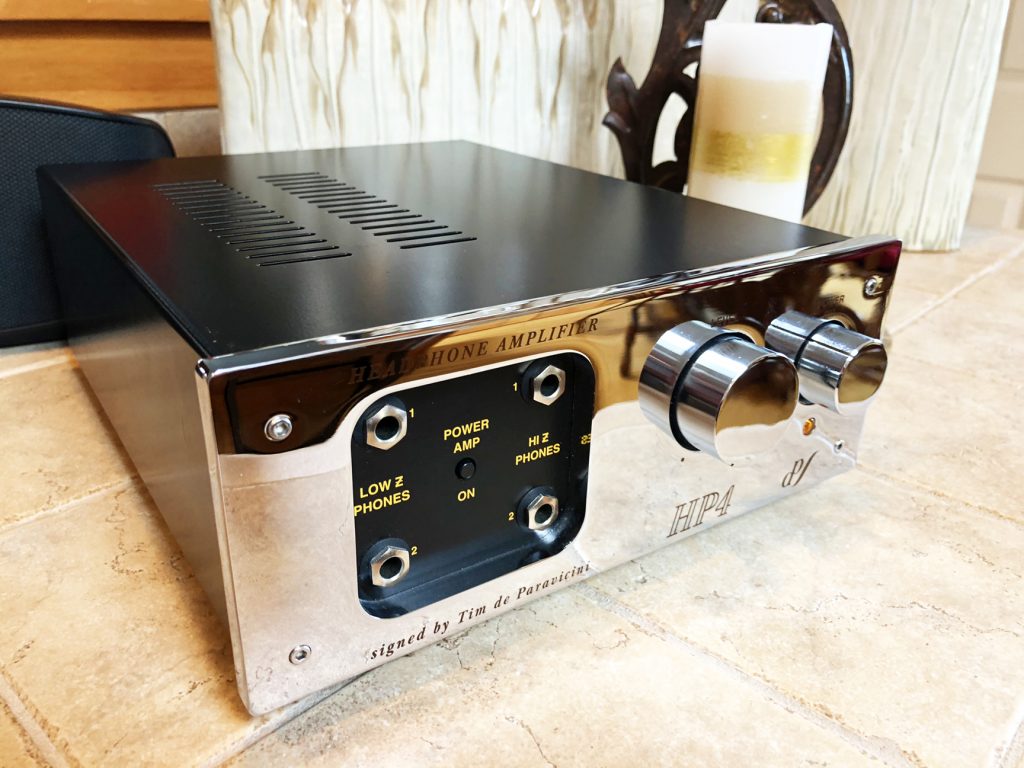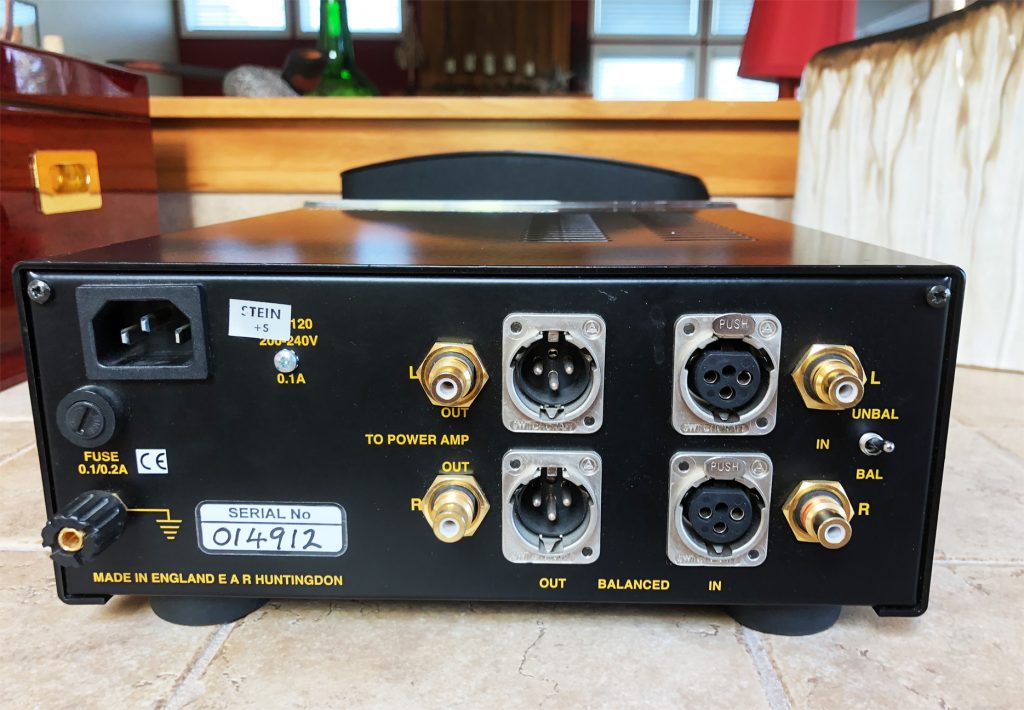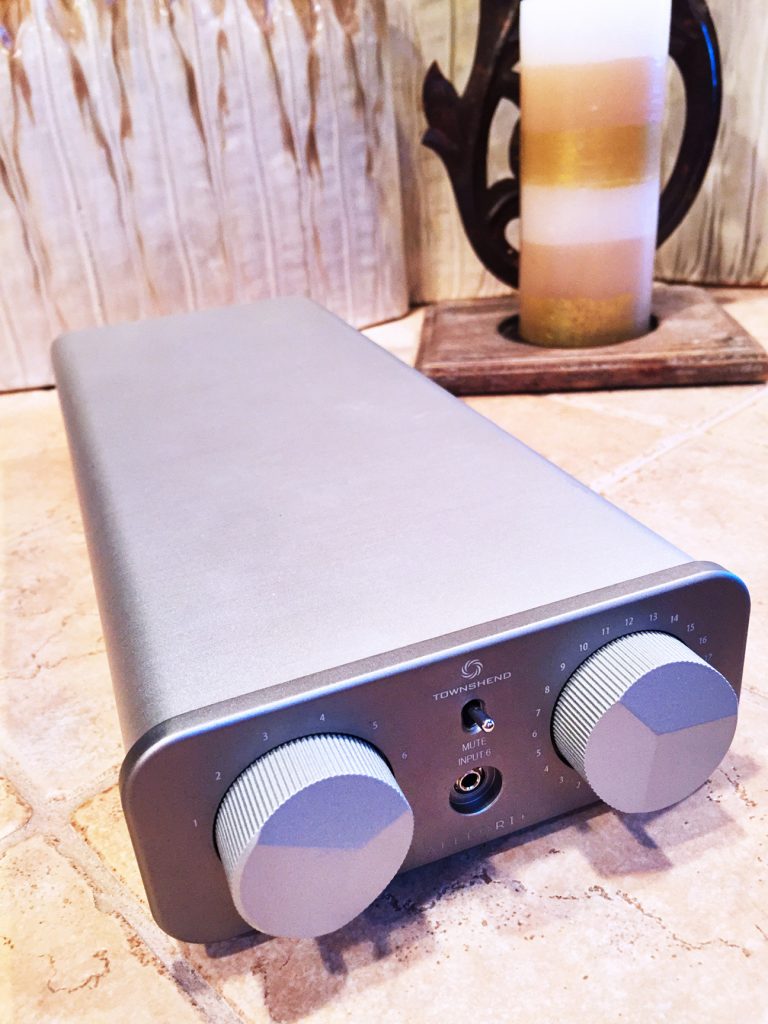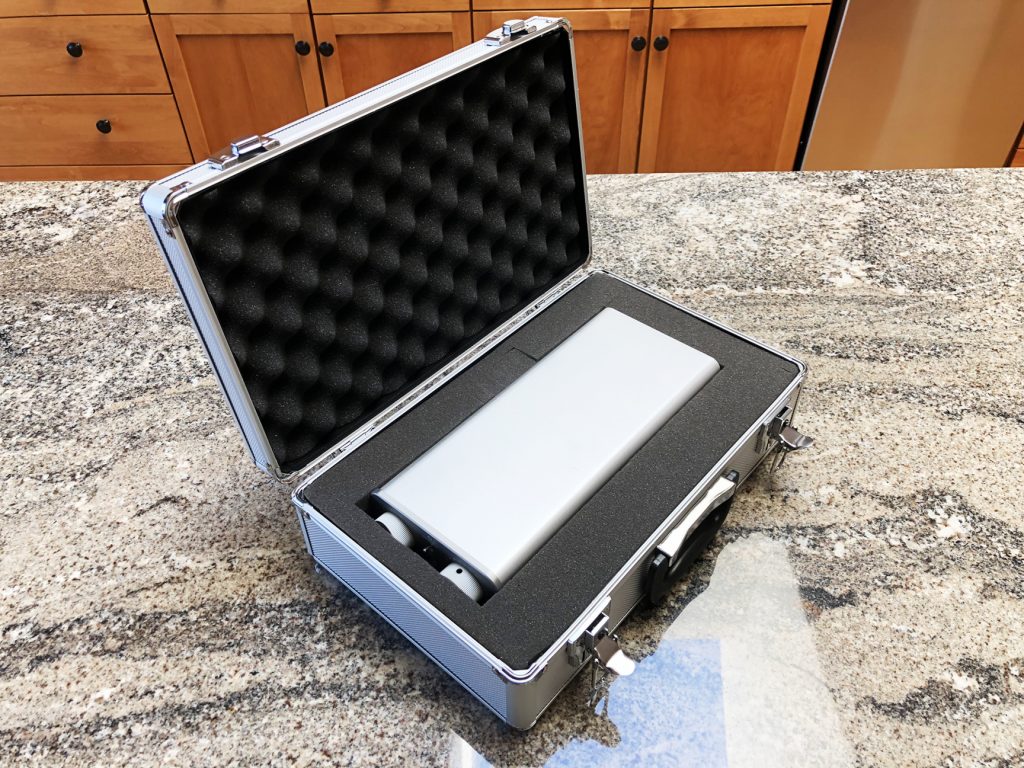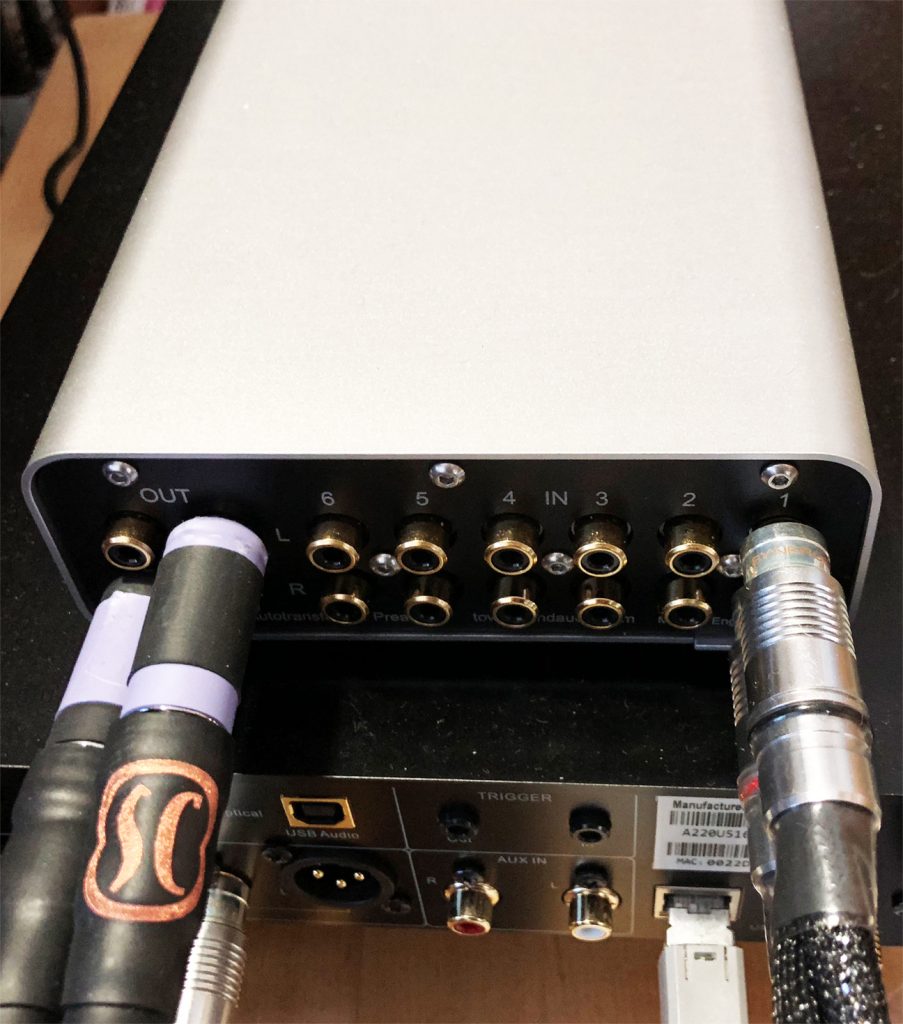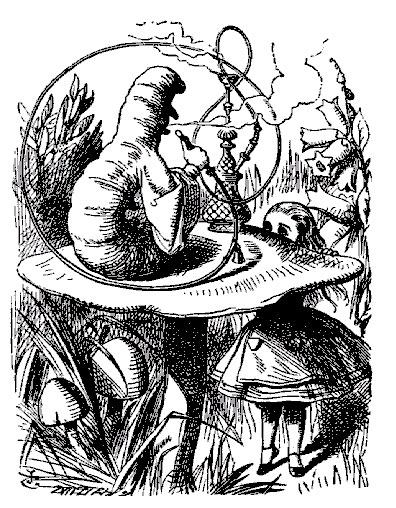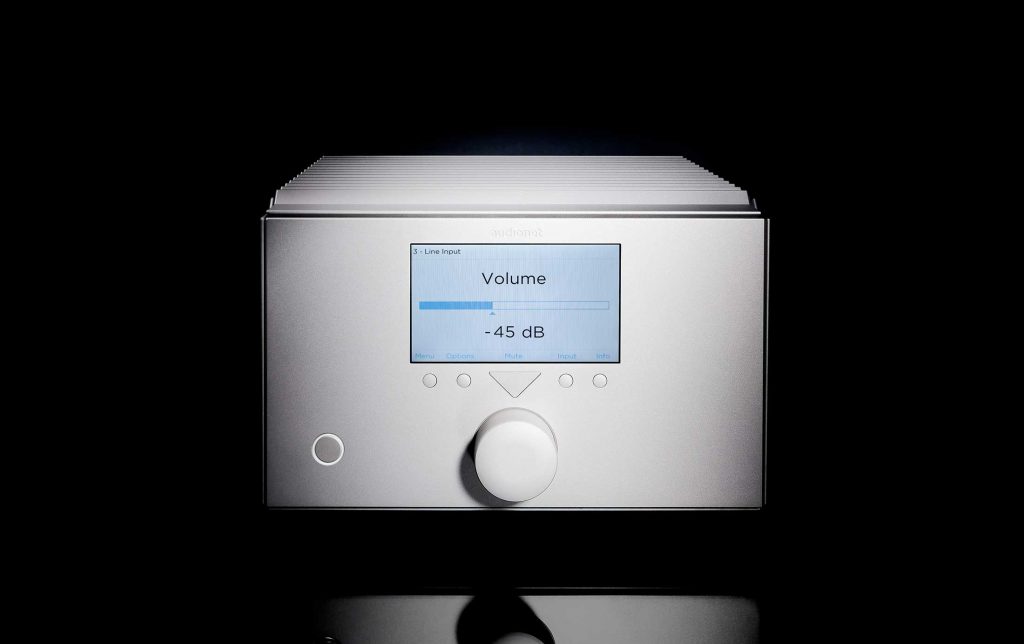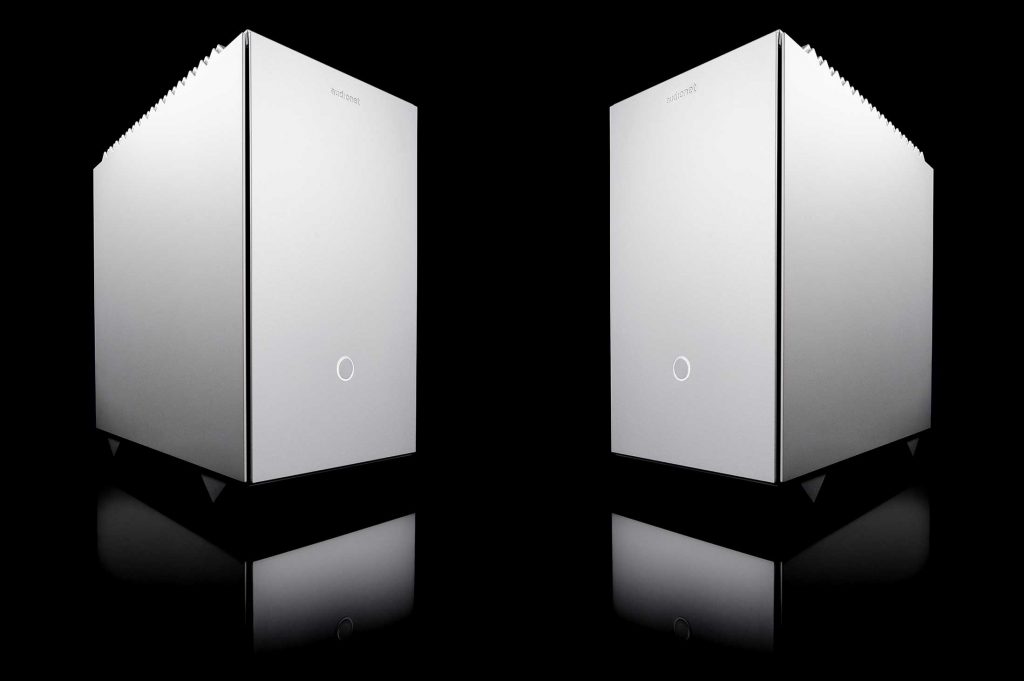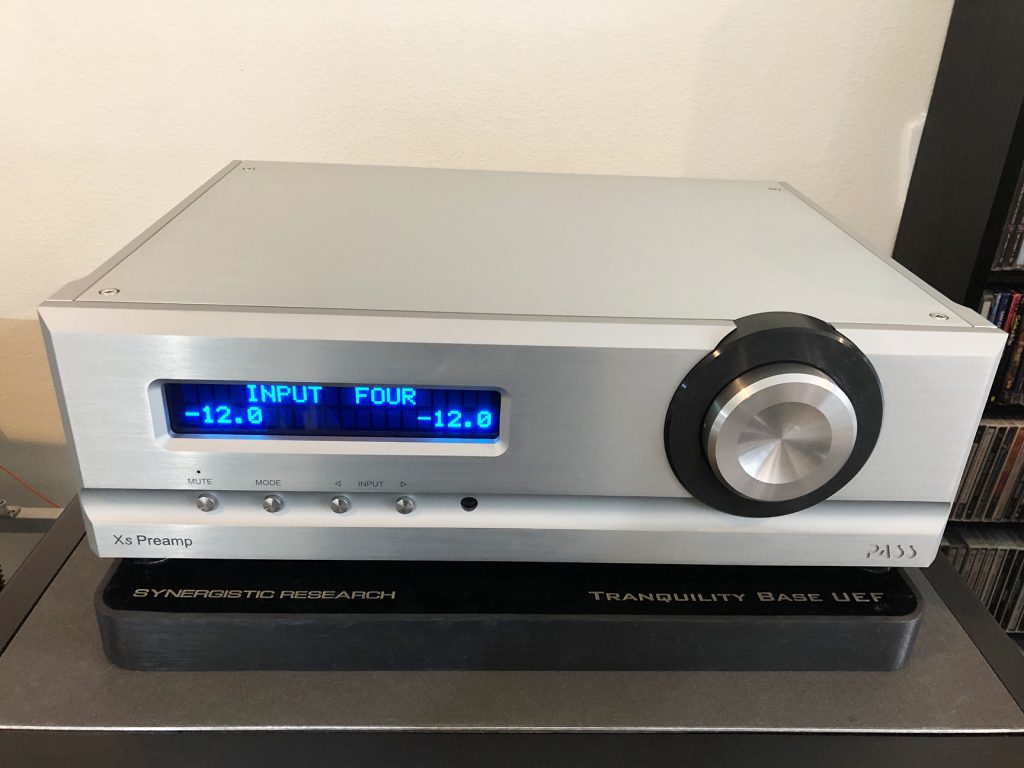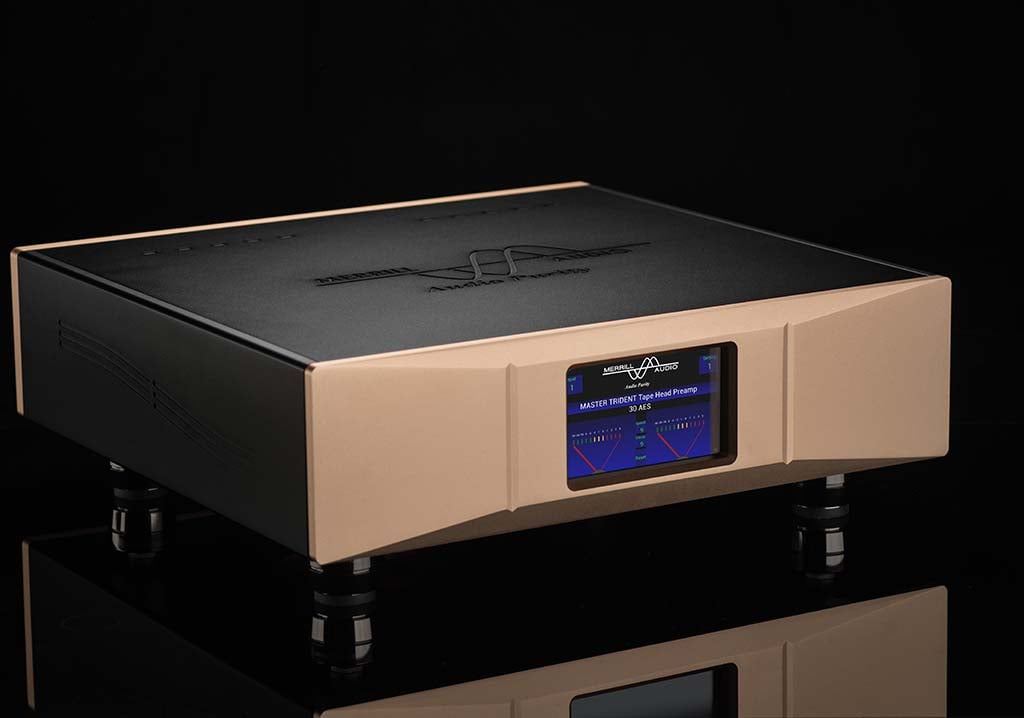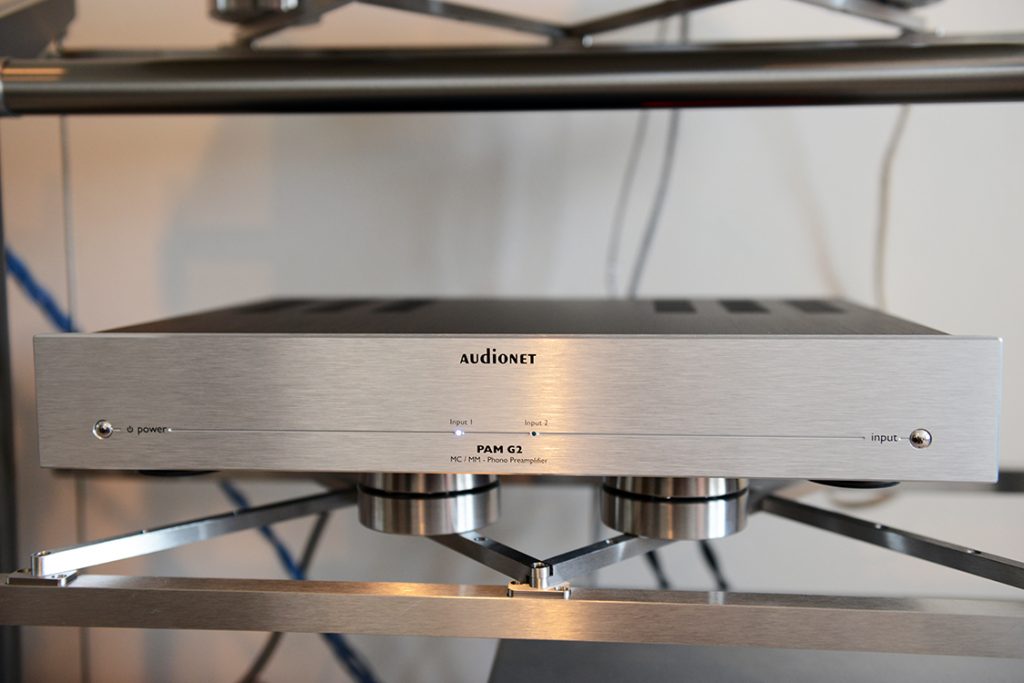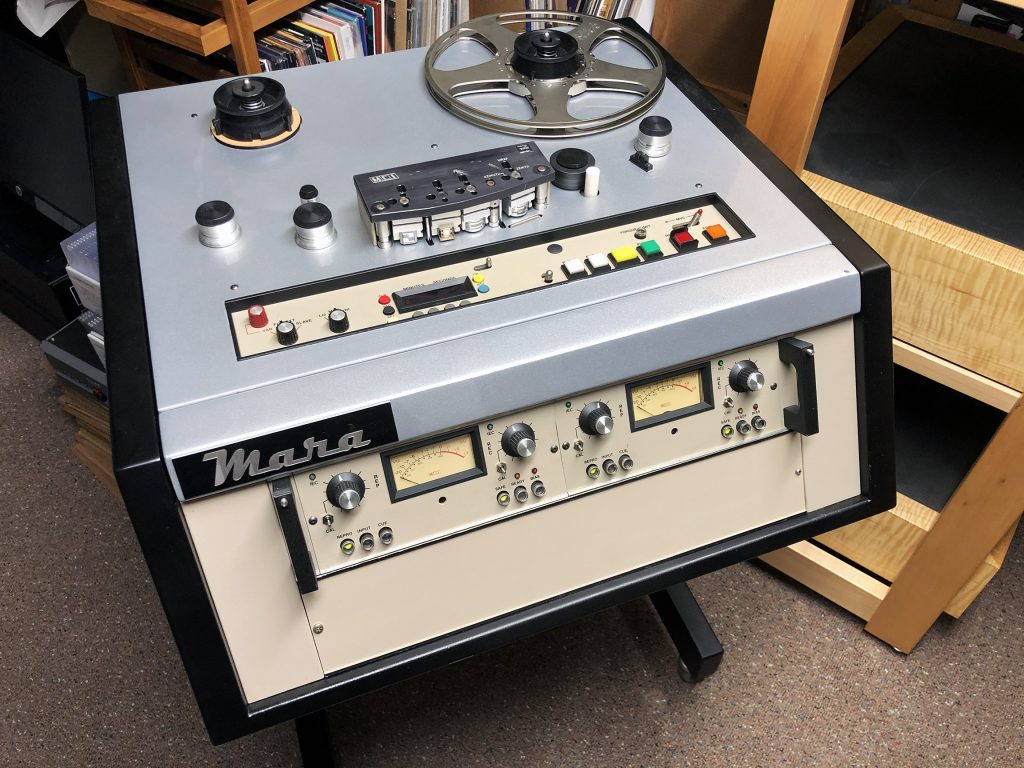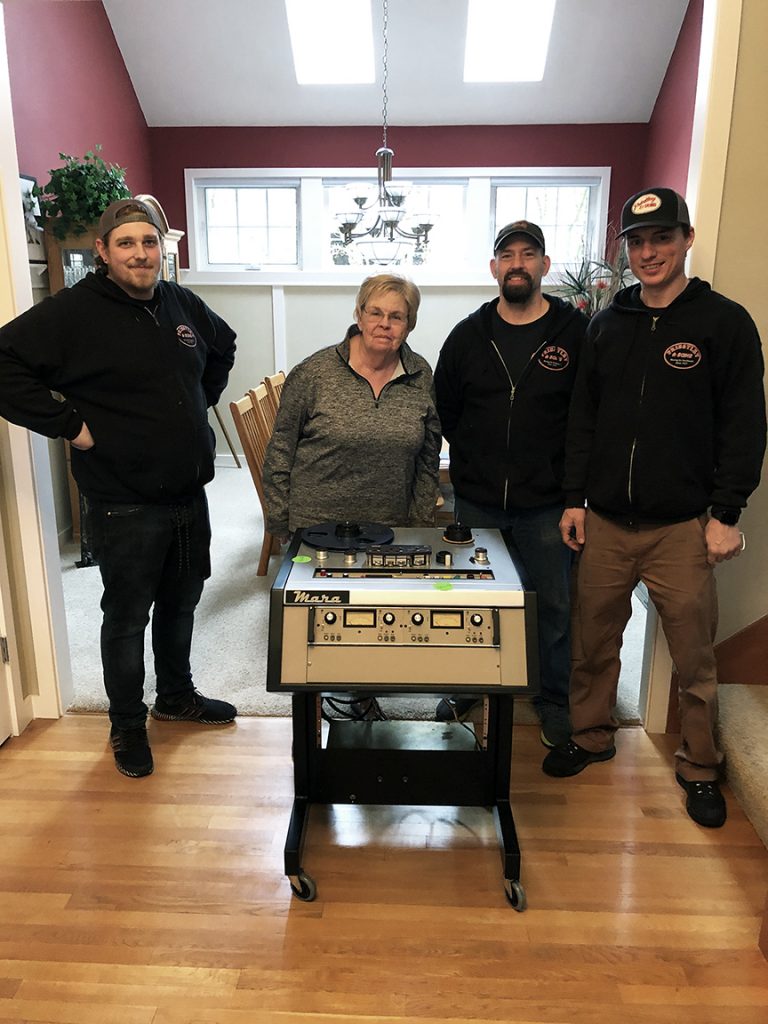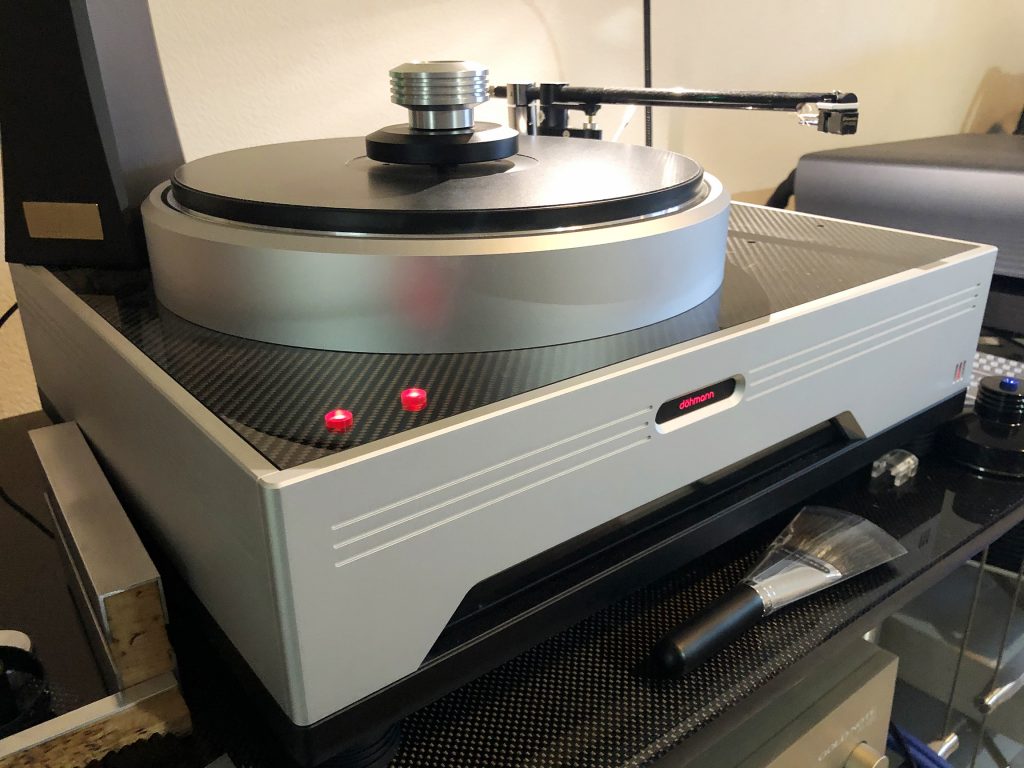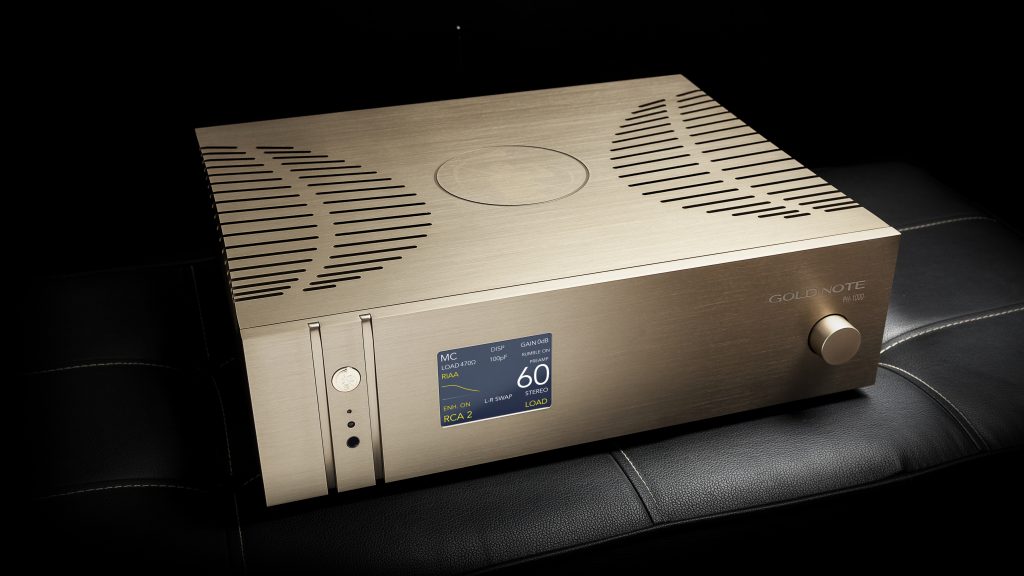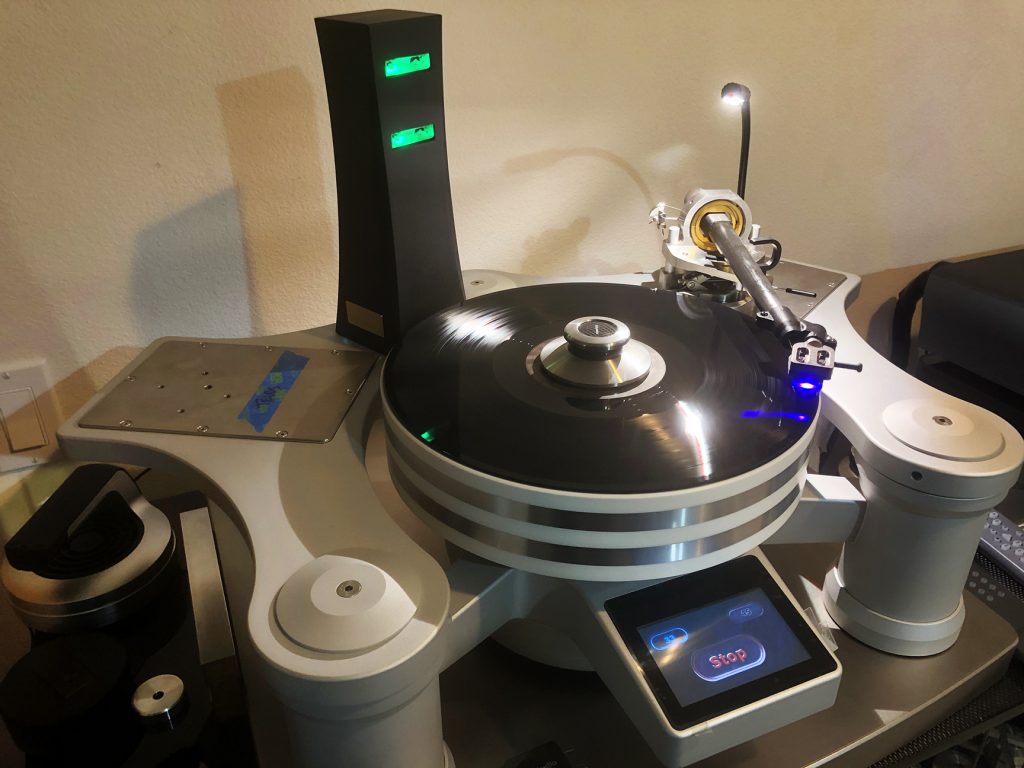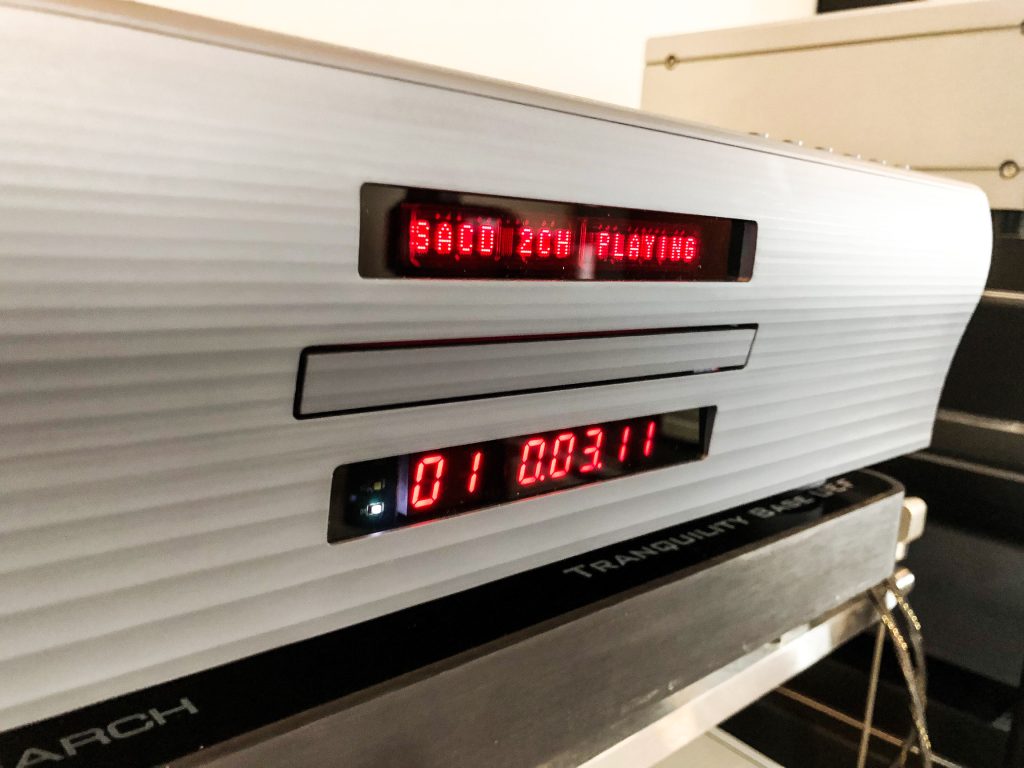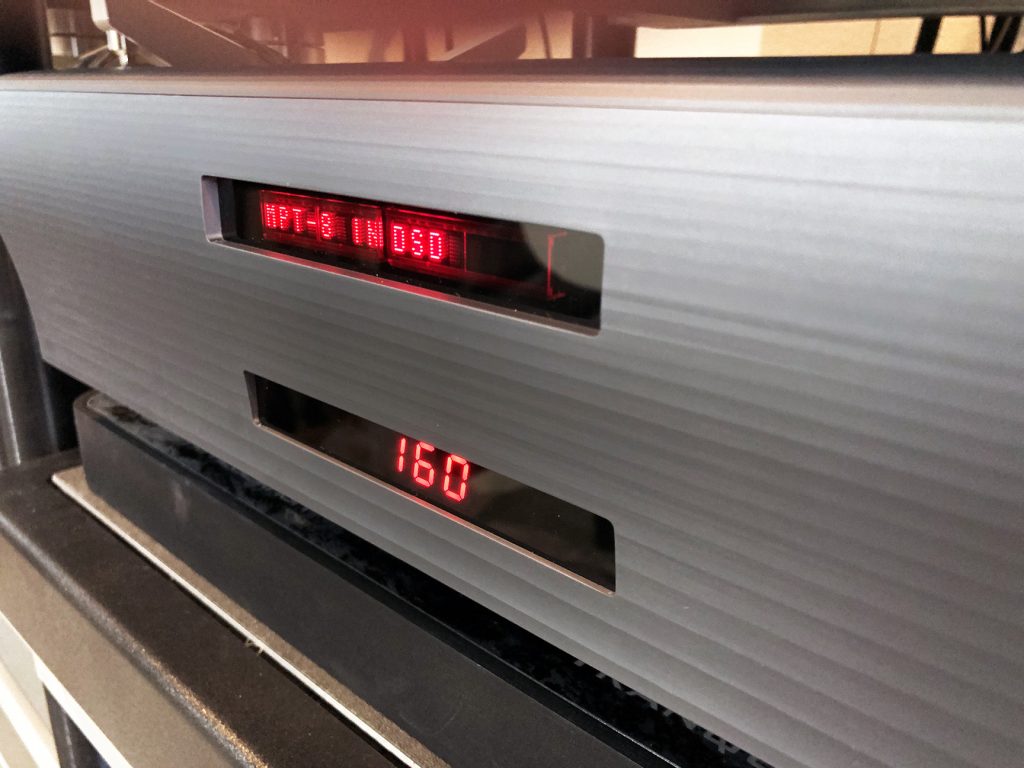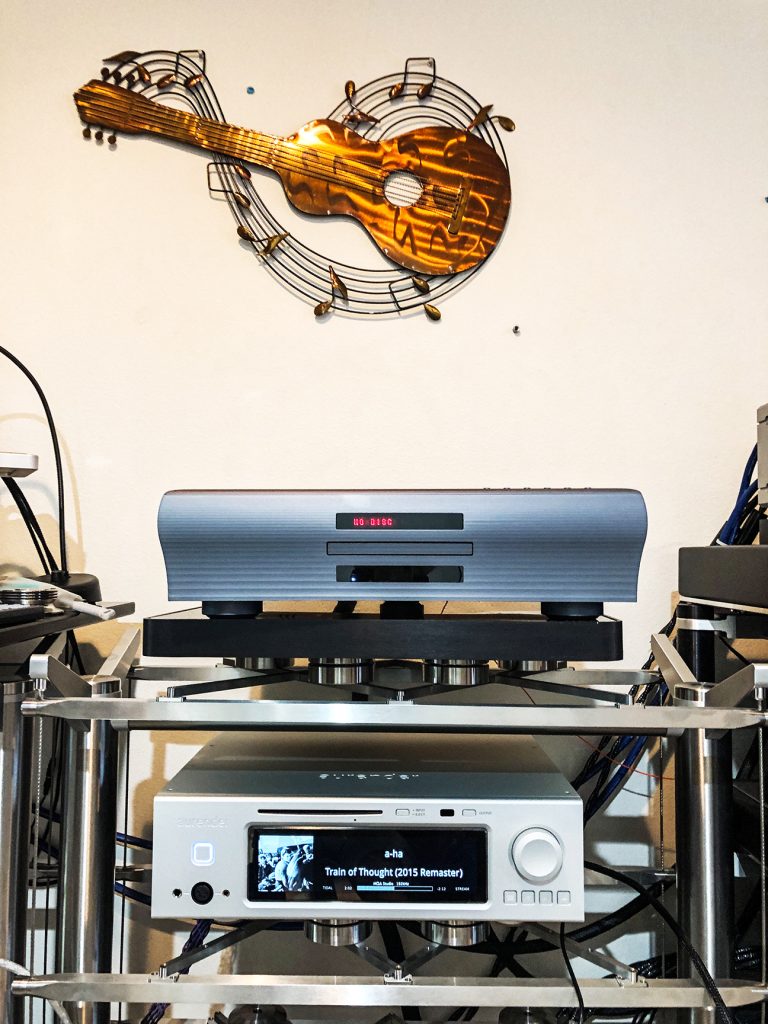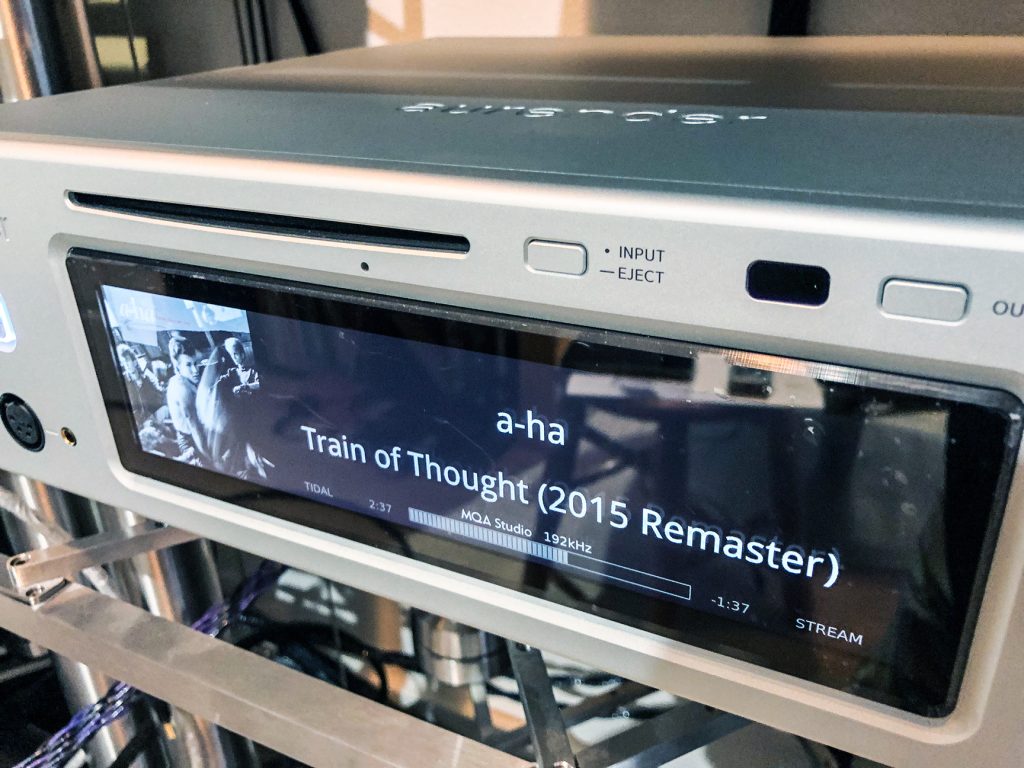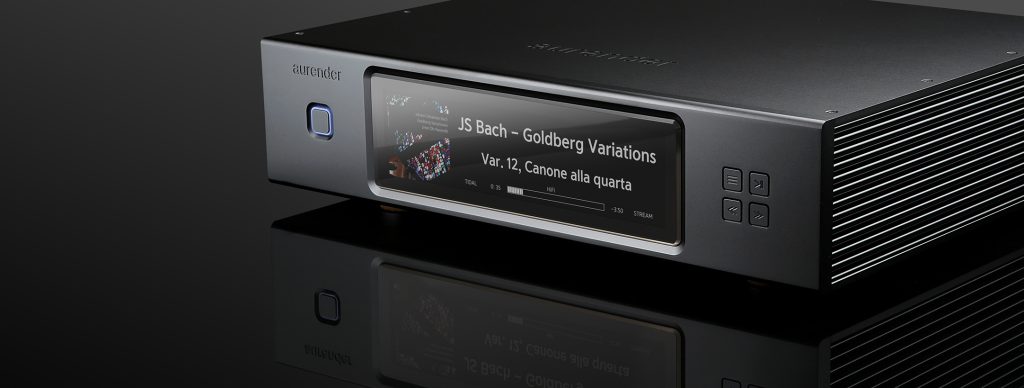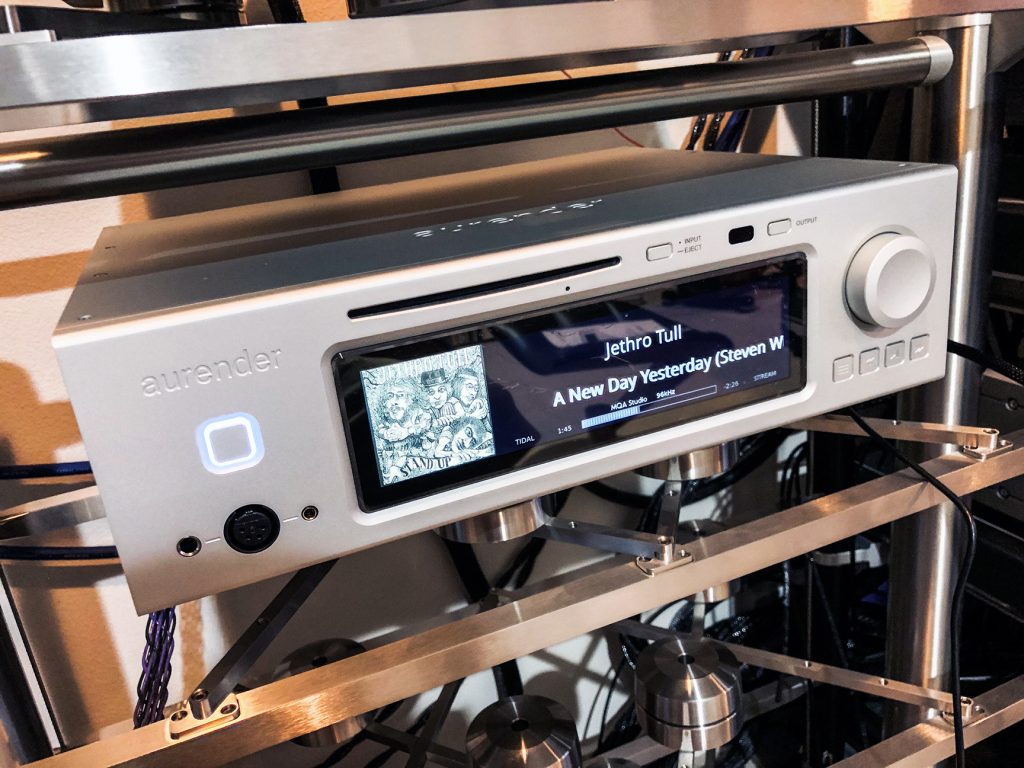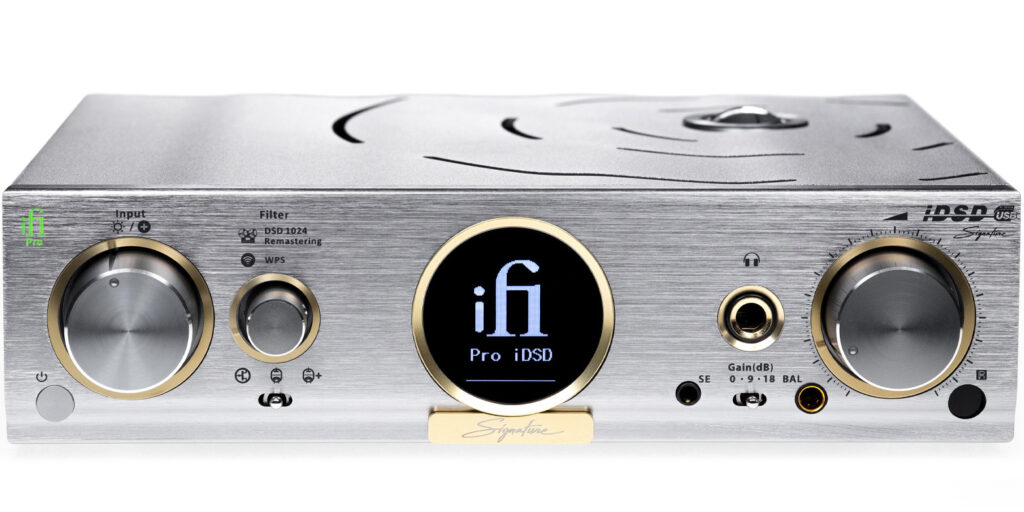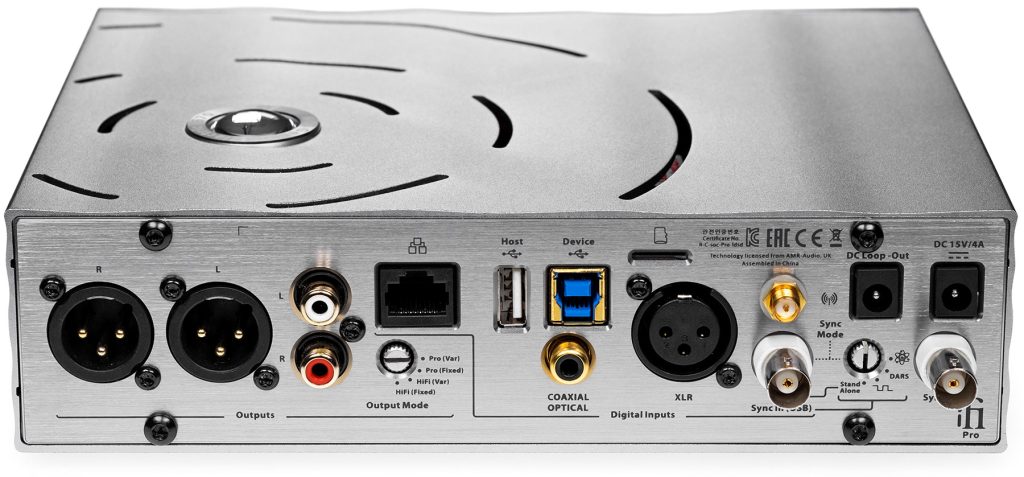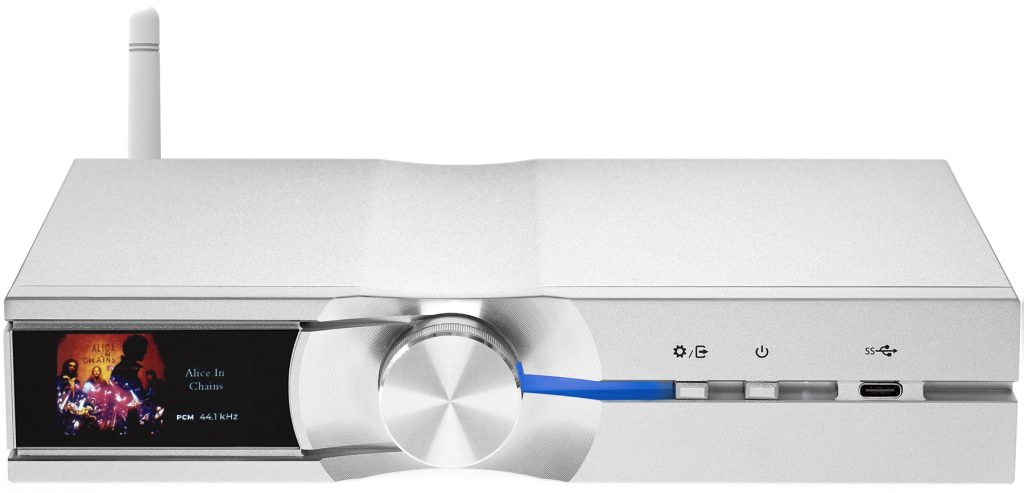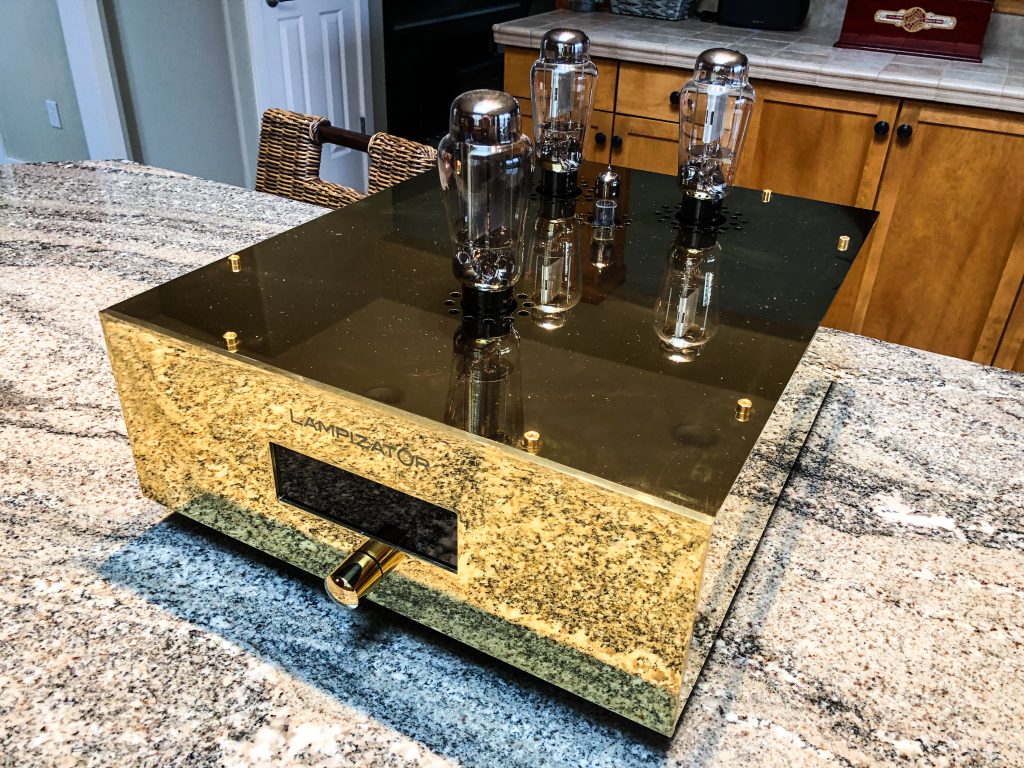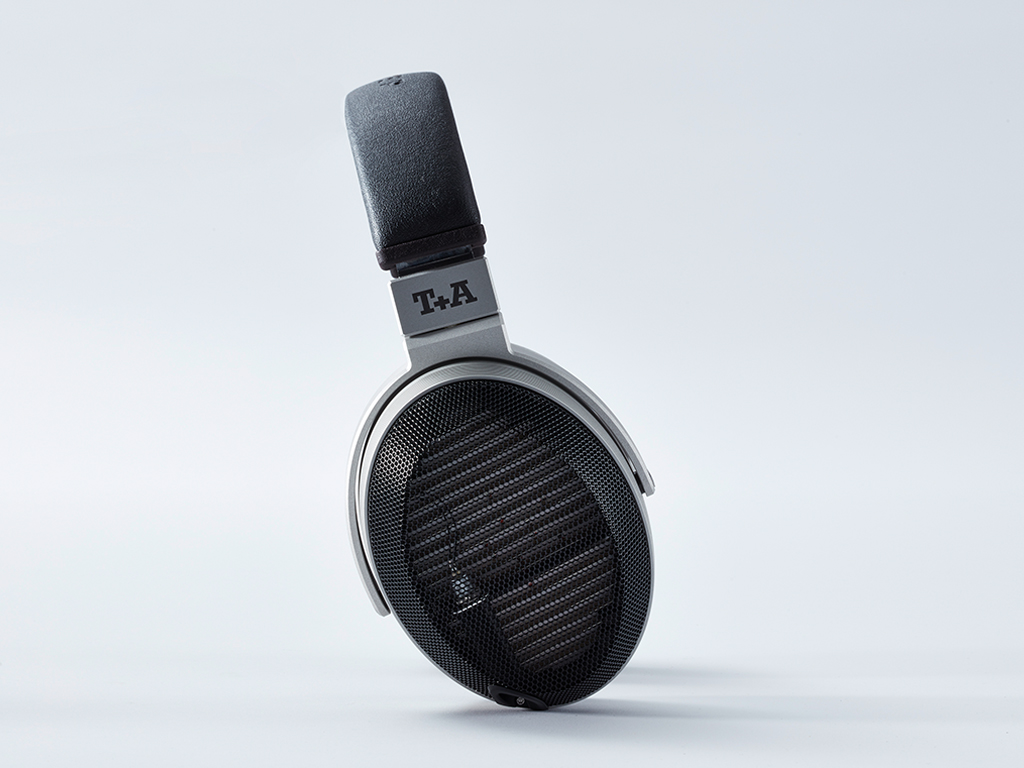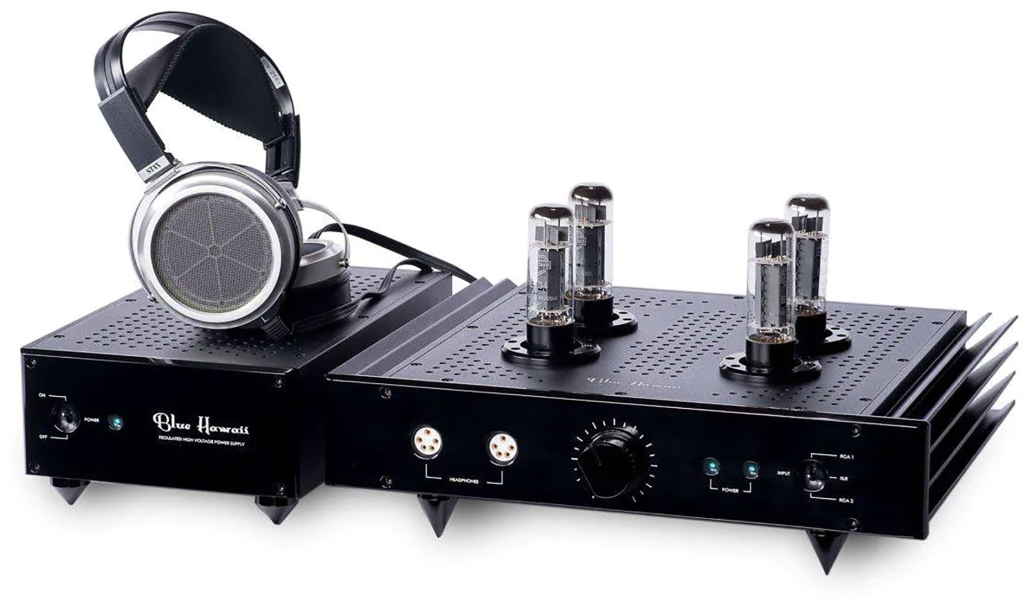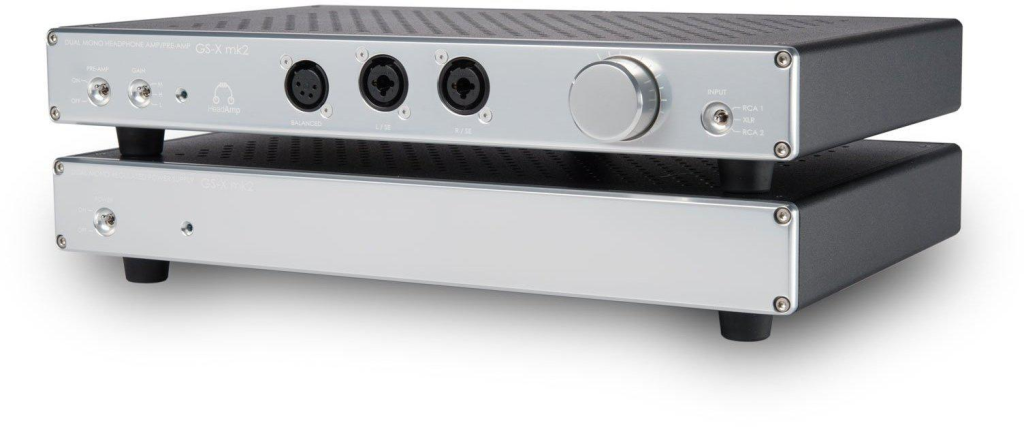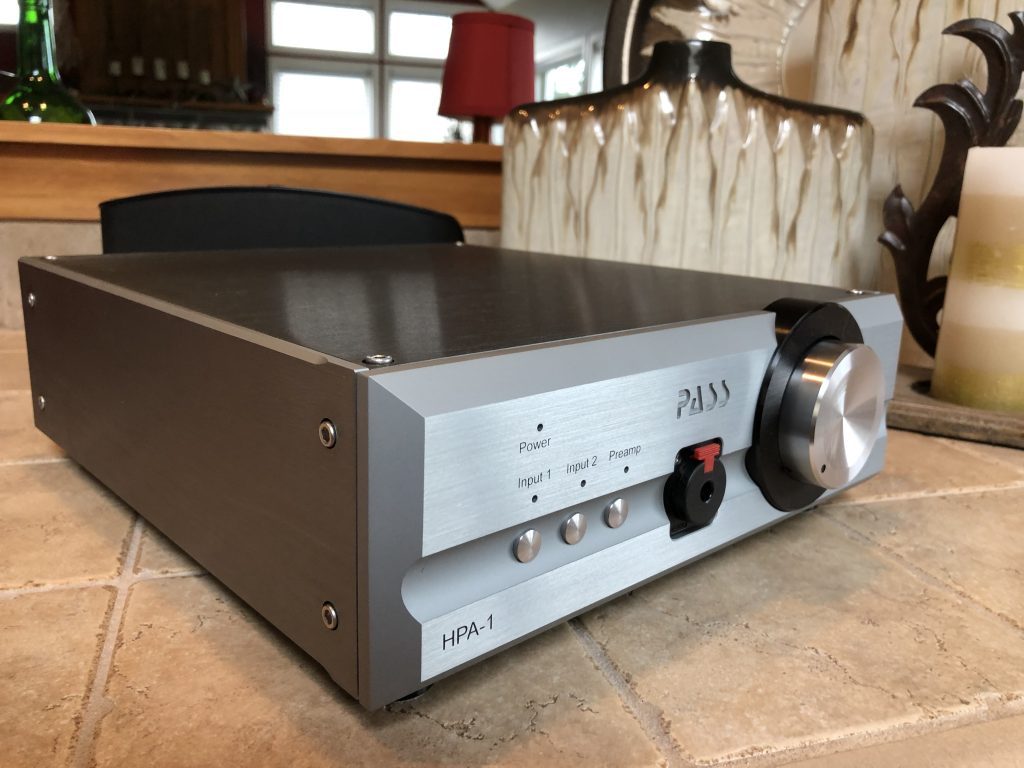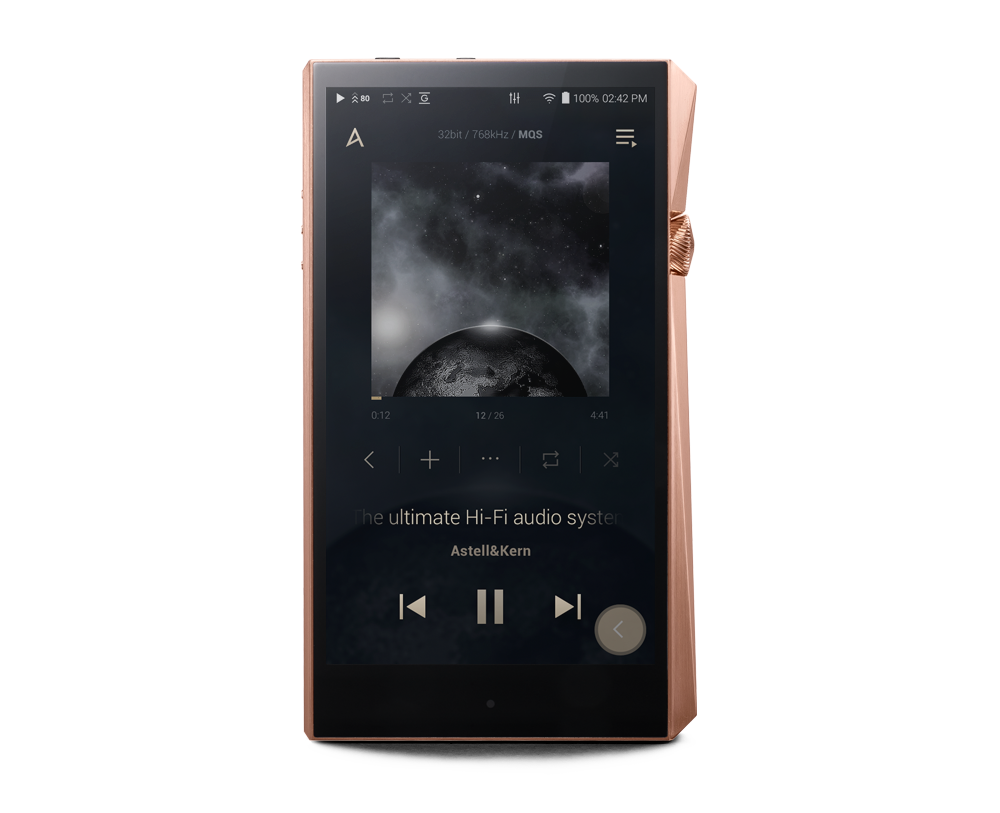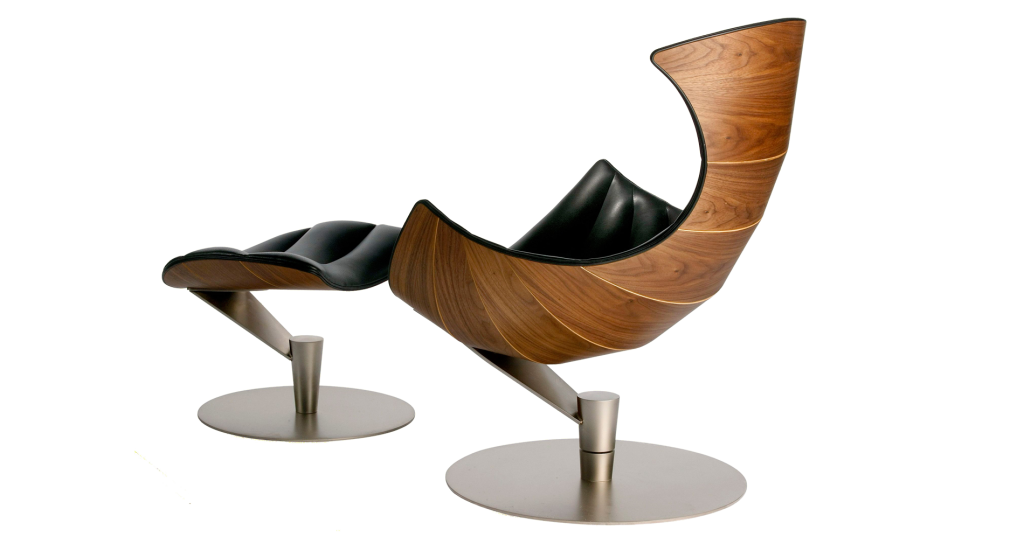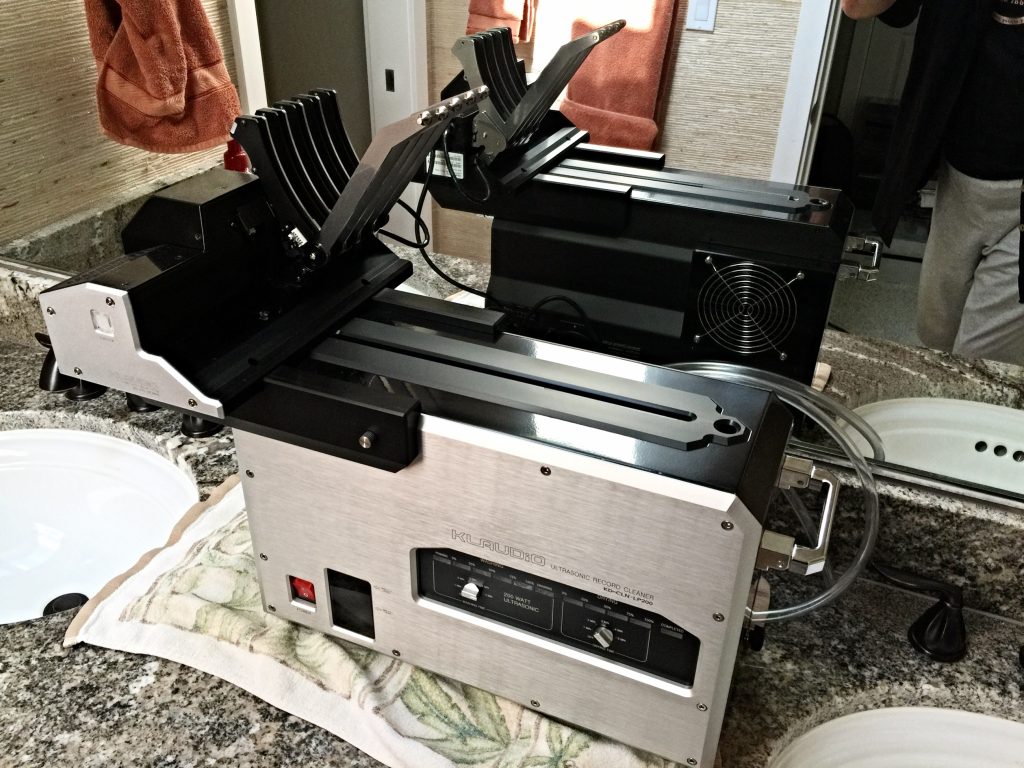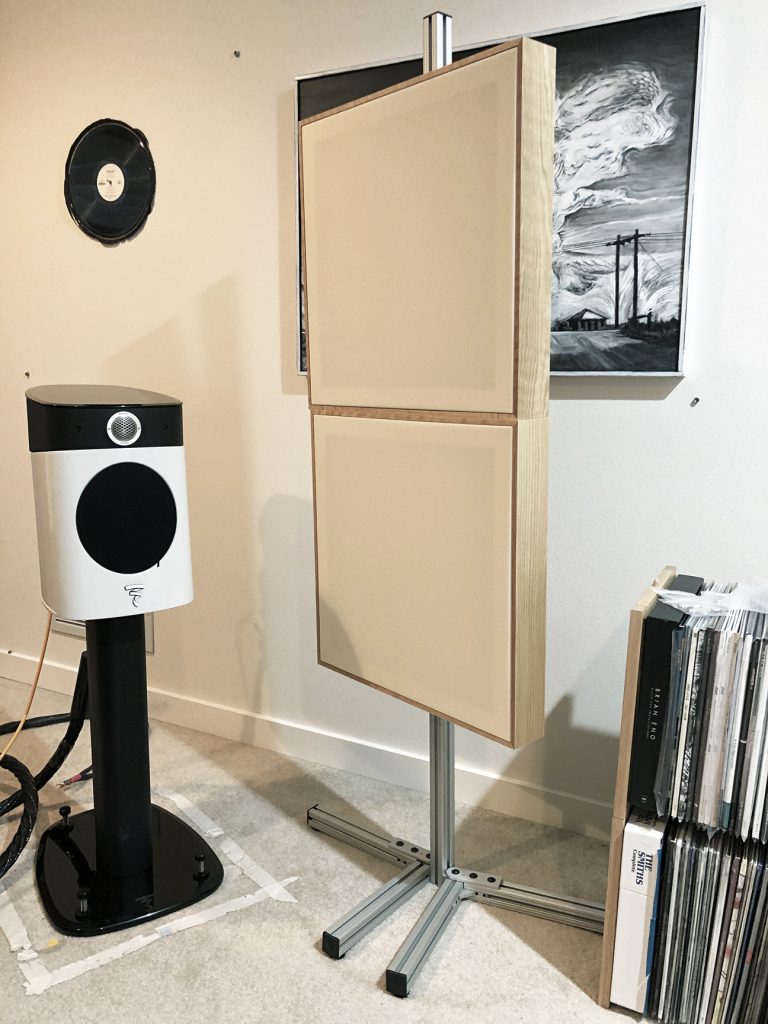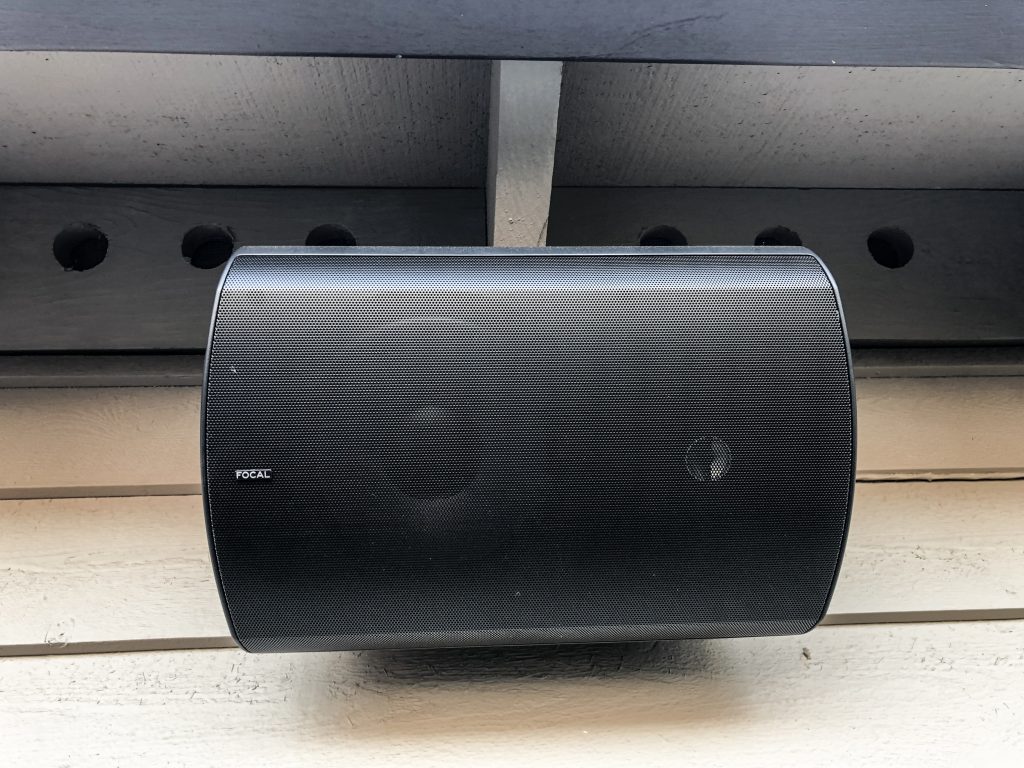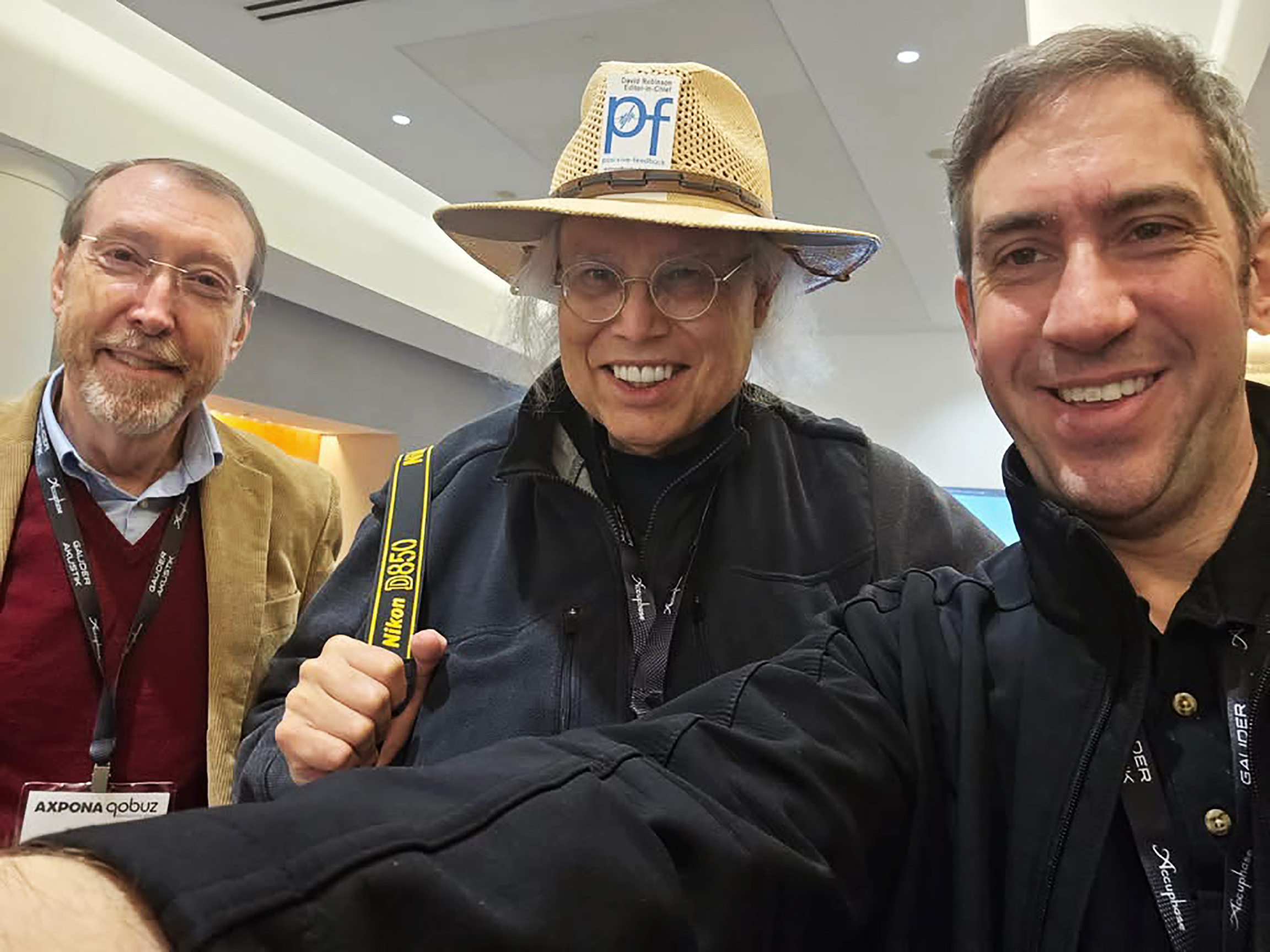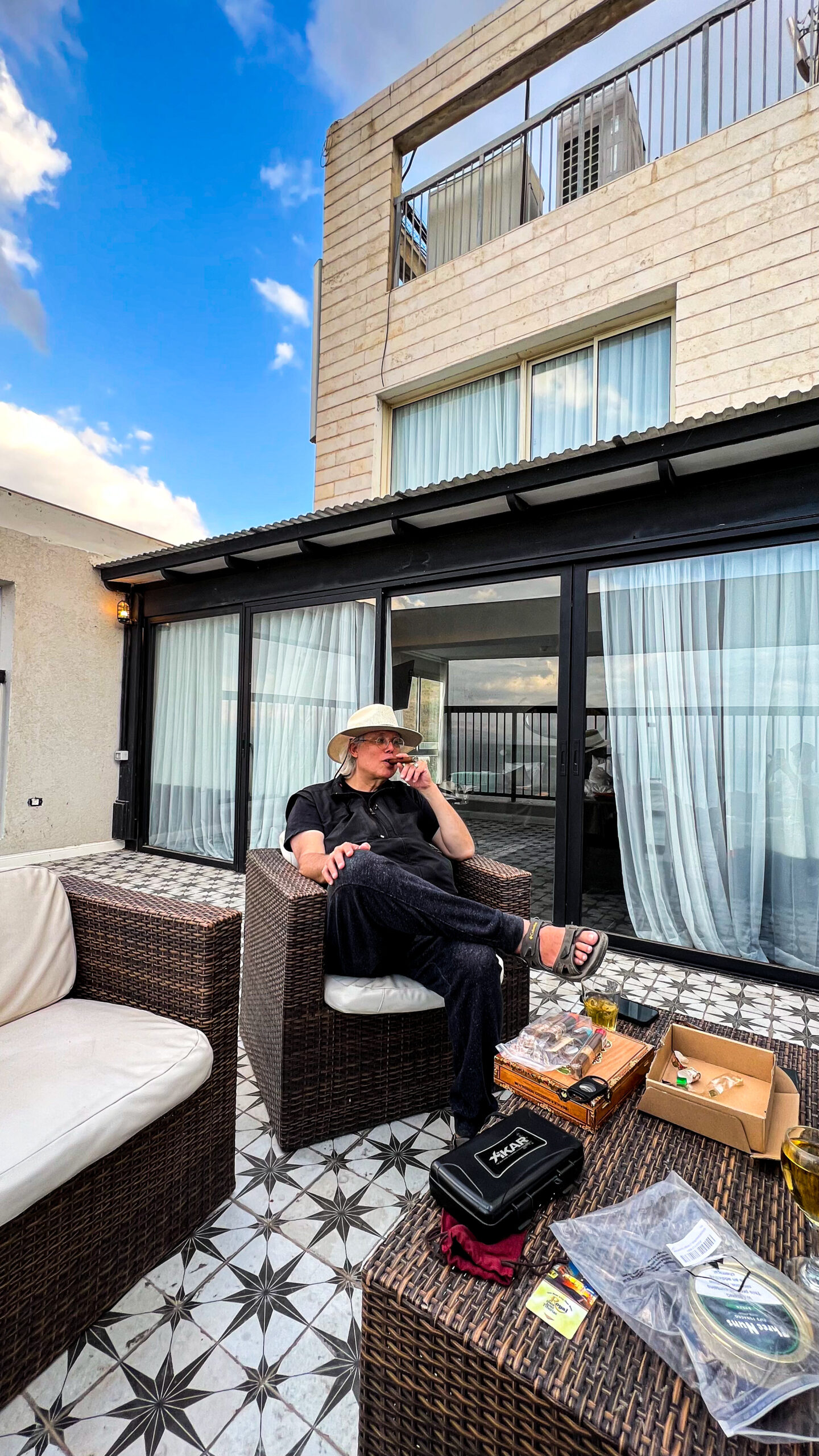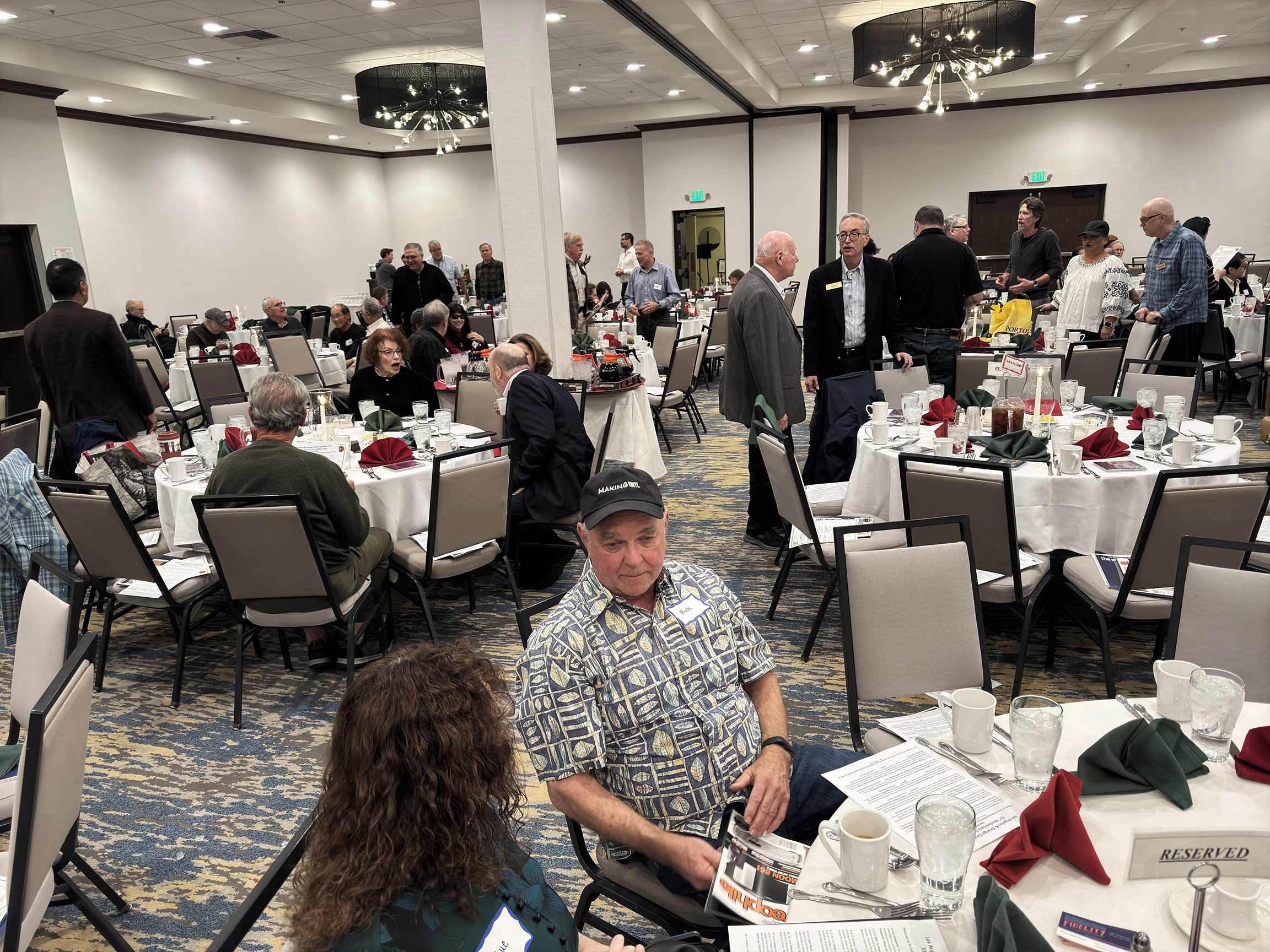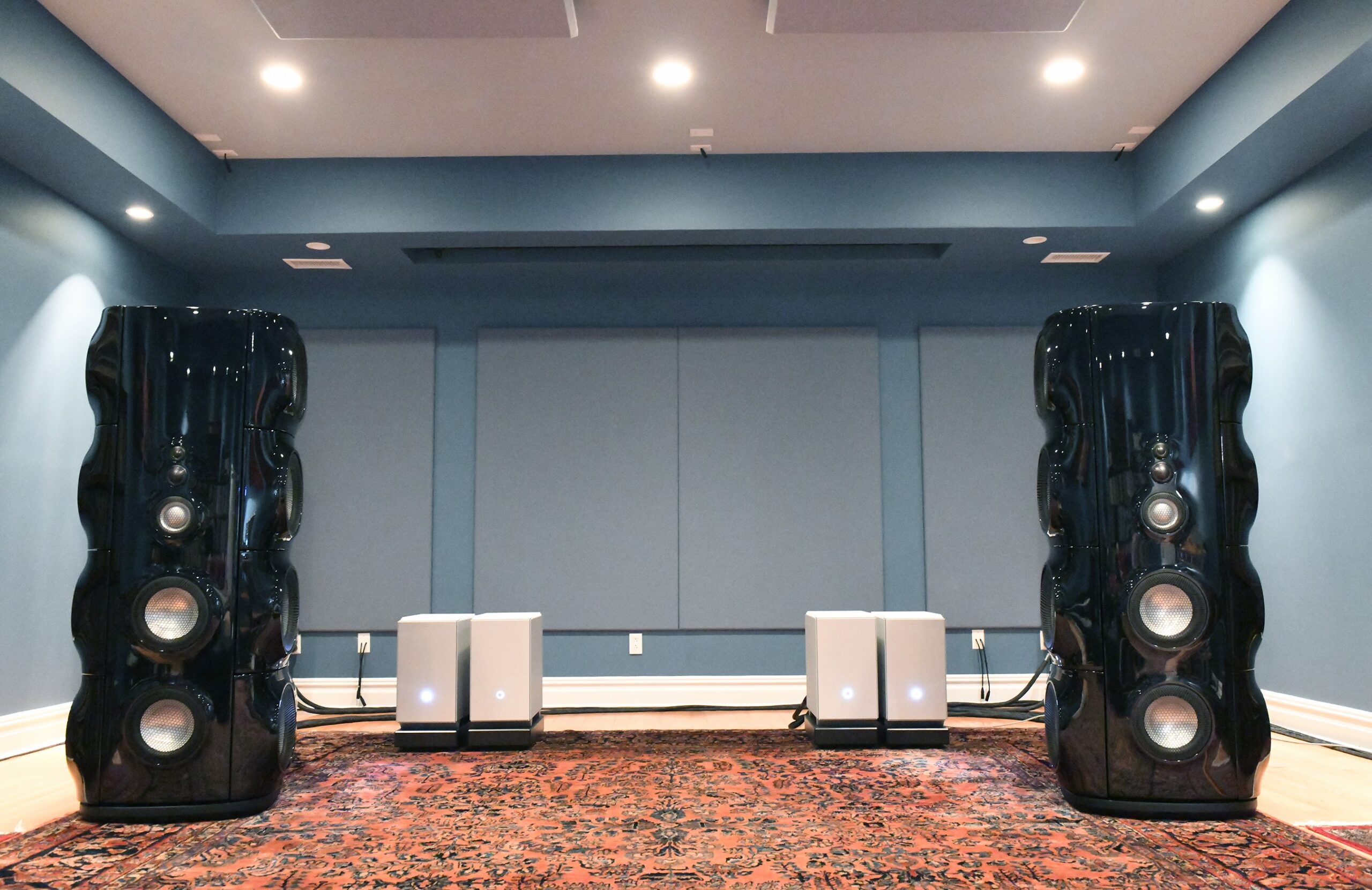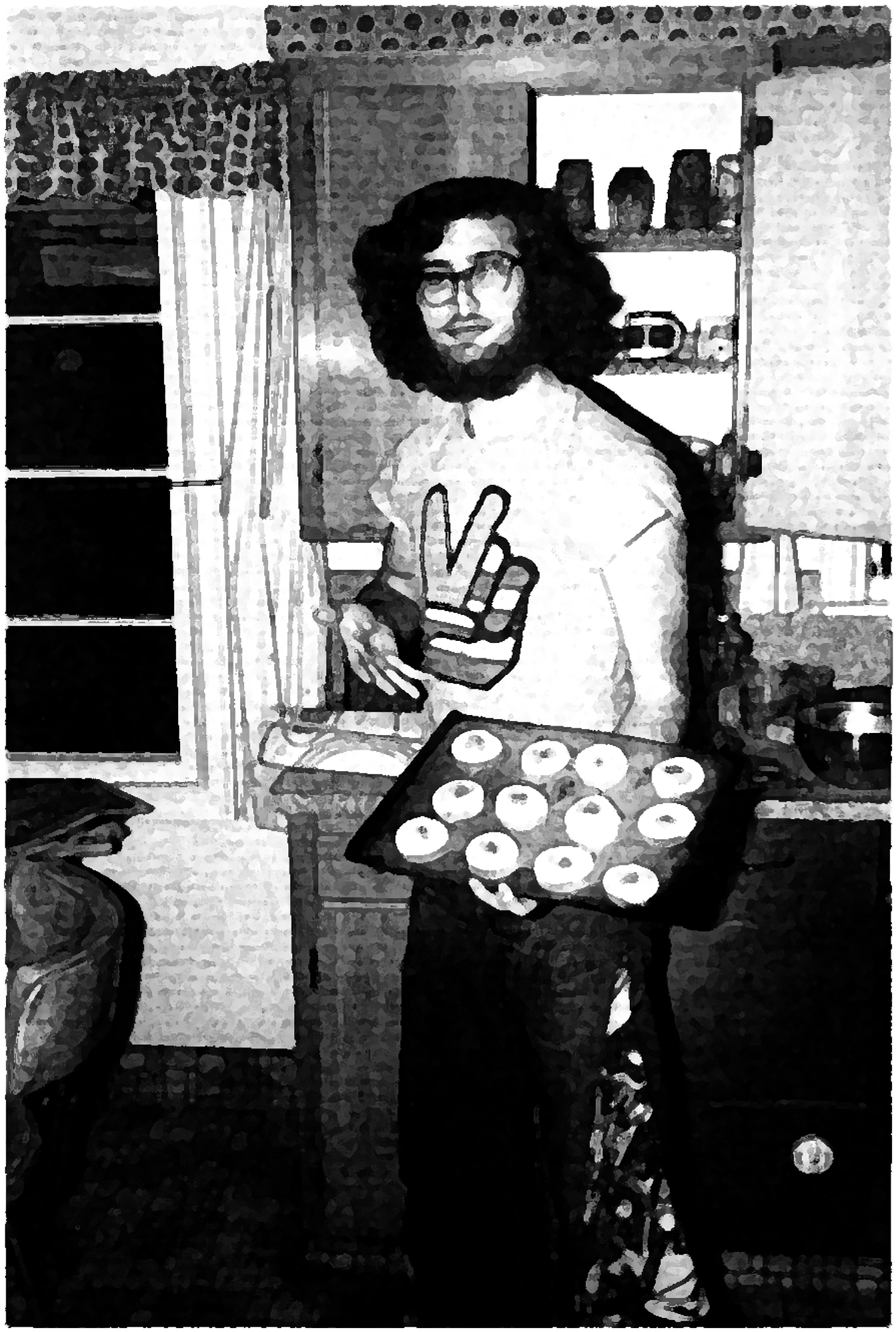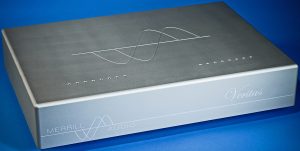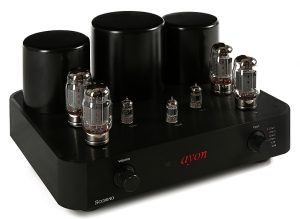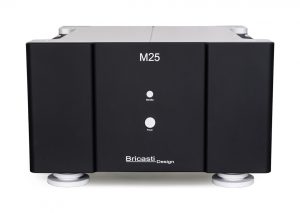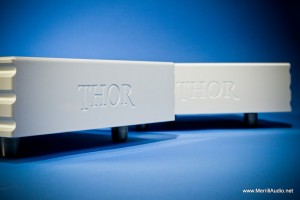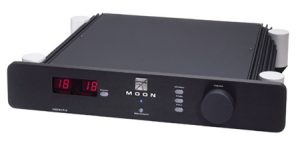Ye Olde Editor, late summer 2018: a portrait by John Robinson
A late-year glance backwards.
Memory, music, people, associations…
"No sooner had the warm liquid mixed with the crumbs touched my palate than a shudder ran through me and I stopped, intent upon the extraordinary thing that was happening to me. An exquisite pleasure had invaded my senses, something isolated, detached, with no suggestion of its origin. And at once the vicissitudes of life had become indifferent to me, its disasters innocuous, its brevity illusory – this new sensation having had on me the effect which love has of filling me with a precious essence; or rather this essence was not in me it was me. ... Whence did it come? What did it mean? How could I seize and apprehend it? ... And suddenly the memory revealed itself. The taste was that of the little piece of madeleine which on Sunday mornings at Combray (because on those mornings I did not go out before mass), when I went to say good morning to her in her bedroom, my aunt Léonie used to give me, dipping it first in her own cup of tea or tisane. The sight of the little madeleine had recalled nothing to my mind before I tasted it. And all from my cup of tea."
- Marcel Proust, In Search of Lost Time
Some loose notes from the margins in 2018, not written up until now.
This will be pretty brief.
As I move towards closing out 2018, with my upcoming Brutus Awards, our PF Writers' Choice Awards, and a handful of final reviews, there are a couple of products that I received earlier in the year that I should mention. I didn't have them for a very long time, but they have stuck in my memories of this year, which is a sign that I should give them a separate mention.
In both cases, I have Bob Levi to thank for his recommendations, and Dan Meinwald of E.A.R. USA to thank for the brief loans. Gracias, amigos!
E.A.R. HP4 Reference Headphone Amplifier
The first is the seductively beautiful and desirable E.A.R. HP4 headphone amp.
No, not a new product, but eminently appealing.
Backstory: Early last December (2017) I attended the LAOC Audio Society's annual Gala Banquet, as has been my wont for many years. This time around, though, LAOC Prez Bob Levi invited me to spend an extra day after Sunday's banquet, so that I could visit his listening rooms and hear his systems for myself.
Sure, no problem. So I spent Monday with Bob and Dan Meinwald, his right-hand setup expert, listening to his smaller system, and then on into his larger E.A.R./Marten listening room. Both were a lot of fun to listen to, but two things particularly caught my attention. The first was the Townshend Audio allegri+ passive preamp in his smaller room. The second was the E.A.R. HP4 headphone amplifier.
Both of them grabbed me by the ears, and tempted me to hear them back here, up north in the Pacific NW. So earlier this year…late last winter…Dan Meinwald was good enough to get both the E.A.R HP4 and the Townshend allegri+ to me for a brief evaluation. (Anything less than 3-4 months here…my minimum baseline for review length…is "brief." And sometimes "no can do.")
It's hardly as if PF hasn't reviewed the HP4. In fact, Bob Levi covered it all the way back in Issue 51, in the fall of 2010. You'll find his comments HERE, including his notes on tube-rolling the HP4 for maximum performance. So there's no reason to cover that ground again…read his profile for that. My listen was just to satisfy my own urge to hear the HP4 at some length.
The HP4 that Dan sent was actually a unit owned by our audiobud Michael Mercer, in storage with Dan until called for. Since it was at hand, he secured Michael's permission to loan it to me for a short while. The key here was that Michael's HP4 was tube-rolled exactly the same way that Bob's was, with the same sterling results. I had been impressed with the few minutes that I had listened to at Bob's place; this would allow me some time to gather substantial impressions. Not a lot of time, mark you; the HP4 was here for about six weeks, not long enough to be considered for a major review. But long enough that if it still was in my mind later…like now…I would say something about it.
The tube complement used was the same as the one Bob uses in his own HP4. I asked him to document his notes on tubes for me, which he kindly did.
"The 6SL7 was invented by GE during WWII as a durable 6 volt twin teiode for battery powered radios and other higher powered lower distortion receivers. The four tubes in the HP4 put out a watt of power per channel and are easily available as new tubes. NOS varieties are getting scarce and are extremely variable. The good news with NOS 6SL7 tubes is they are more musical and detailed than current production, but are unfortunately more microphonic. The older, the more microphonic. The USA sourced tubes are better than older EU tubes in this respect.
The HP4 you had featured two RCA NOS in the back two positions and two GE NOS in the front two positions. Therefore, an RCA worked as a sonic cocktail with a GE to yield just the perfect tonality in the unit. The supplied Russian hand-selected tubes provided were neutral and low distortion though not as intensely musical or extremely textured.
Use what you want."
OK!
I hooked the HP4 up to our exaSound PlayPoint Network Audio Player and e32 Quad DSD DAC via JENA Labs Symphony unbalanced cables. The exaSound units had both been upgraded to the Pardo Power Supplies, which is something that you simply have to do if you own the exaSound. Night and day difference, for sure. The power cable that I used on the HP4 was the Skogrand Beethoven, which is a stellar design, and a Brutus Award winner in its own right. The associated headphones were the Audeze LCD-4's (updated version), some brief time with the Grado LAOC Audio Society 25th Anniversary Edition Headphones, and my trusty Sennheiser HD-800 headphones. Sources included the usual array of Single, Double, and Quad DSD files, plus 44.1kHz PCM .FLAC files courtesy of Roon/Tidal via the exaSound stack.
E.A.R. HP4 rear view
I didn't have a long acquaintance with the HP4, but I can say that I've never listened to one of Timmy DeP's designs without being knocked out…and now I can add the HP4 to the list of his products that really did it for me. The NOS-tubed HP4 really hit the right groove when it came to being both nicely detailed and transparent, without sacrificing musicality. In fact, the convergence of these made for a tonal coolosity and tubeuliciousness that was not to be argued. I listened for many hours while working at my desk, and never got tired of the way that the HP4 rendered the recordings. And that's even when I was patiently enduring PCM 44.1kHz .FLACs, thanks to the outstanding job done by the exaSound PlayPoint/e32/Pardo Power Supply combination.
This is one of the six best headphone amps that I've heard here: the Headamp Blue Hawaii, PASS Labs HPA-1, Ayon HA-3, STAX SRN-T8000, Sonoma Acoustics (now Warwick Acoustics) Model One…and now, the E.A.R. HP4. That's great company. Bob Levi definitely called this one right; as a matter of fact, I suspect that the HP4 is already a modern classic, right before our eyes and ears….
So add my voice to the chorus praising the work of Tim de Paravicini. The HP4 is absolutely glorious in every way!
Check with Dan Meinwald at E.A.R. USA for current pricing: [email protected], or via phone at 562.422.4747. Pacific Time; call during normal business hours, please.
Townshend Audio allegri+ Passive Preamplifier
The Townshend Audio allegri+, front closeup: note the input knob to the left controlling six inputs, the mute switch in the upper in-between, the 3.5mm headphone input jack, and the volume knob to the right.
I'll be blunt about this right up front: I am not a fan of passive preamps. Almost every example that I've heard just doesn't do it for me. Not enough dynamics. Generally dry/analytical. No bloom. Transparency at the expense of musicality. And often tough to match with other components downstream.
"No, I don't like it, Sam I am."
But…then Bob Levi invited me over for a listen to a new passive preamp that had come in from Townshend Audio in the UK: the allegri+. We did this in his smaller listening room. And I have to say that I was (insert drum roll, please) surprised. The allegri+ sounded really good. In fact, it was the best passive preamp that I've ever heard. Bob would go on to write up the allegri+ in a review at the end of last year, which you'll find HERE. Bob gives a solid profile of the allegri+; you'll want to read it. No need for me to repeat those details.
I was sufficiently taken with the allegri+ to make the arrangements with Dan Meinwald to listen to a sample for a few weeks in early 2018. It arrived in a compact professional travel case, a very nice touch.
Rear view of the allegri+ passive preamp…that's a tight fit!
I placed the allegri+ in the listening room in my office. The feed was from the exaSound PlayPoint Network Audio Player and e32 Quad DSD DAC to the allegri+ via Kubala-Sosna Elation! balanced inputs, with outputs via Skogrand Beethoven unbalanced. From there the signal went to our Playback Designs IPS-3 Integrated Amplifier with Quad DSD DAC (that last bypassed in this case) and Skogrand Beethoven Speaker Cables to a pair of Evolution Acoustics MMMicro One loudspeakers resting on Wave Kinetics A10-U8 Isolation Feet. This is a highly revealing system, being near-field, and allows me to hear deeply into what I'm listening to.
You'll see something different in the photograph above. In the output section to the left, there are two sets of RCA's. Unfortunately, they are placed so closely that any high-end RCA cable that has any kind of larger jack assembly will simply not plug in over-and-under into the same-numbered set. That would definitely include the Skogrand Beethoven, and many others, as well. Bob Levi commented on this problem, and I concur: this is a real problem with the allegri+. High-end audio is its natural clientele; more elbow room should have been allowed in the original design. The good news is that I found a counterintuitive work-around, as you see in the photograph. Since the allegri+ keeps both outputs active, I was able to plug the right channel into output 1, and the left channel into output 2. Not ideal, but it did actually work, and let me use interconnects with larger connector assemblies. (Or the allegri+ would have been sent back immediately.)
So, the sonic results mirrored and extended my original impressions at Bob Levi's place. Regardless of whether I was listening to PCM 44.1kHz .FLAC files from Tidal HiFi, or Single/Double/Quad DSD from hard drives, the allegri+ actually earned my respect, passive preamp or no.
In fact, I'll say that the Townshend allegi+, with its unique employment of fractal wire, is the best passive preamp that I've heard here to date. You can take that to the bank.
So, Max, whatever you did with the allegri+, keep doing it. But do have a look at providing more space around your input ports in the future, eh?
As before, contact Dan Meinwald at E.A.R. USA for current pricing: [email protected], or via phone at 562.422.4747. Pacific Time; naturally, call during normal business hours, please.
All photographs and image processing by David W. Robinson





